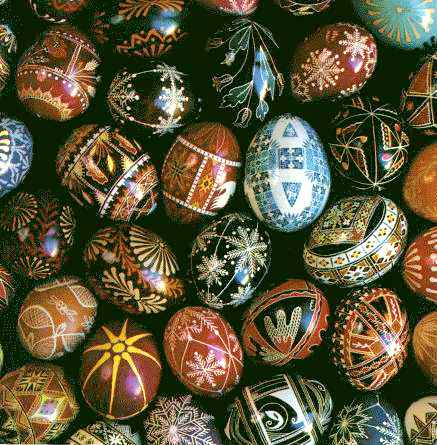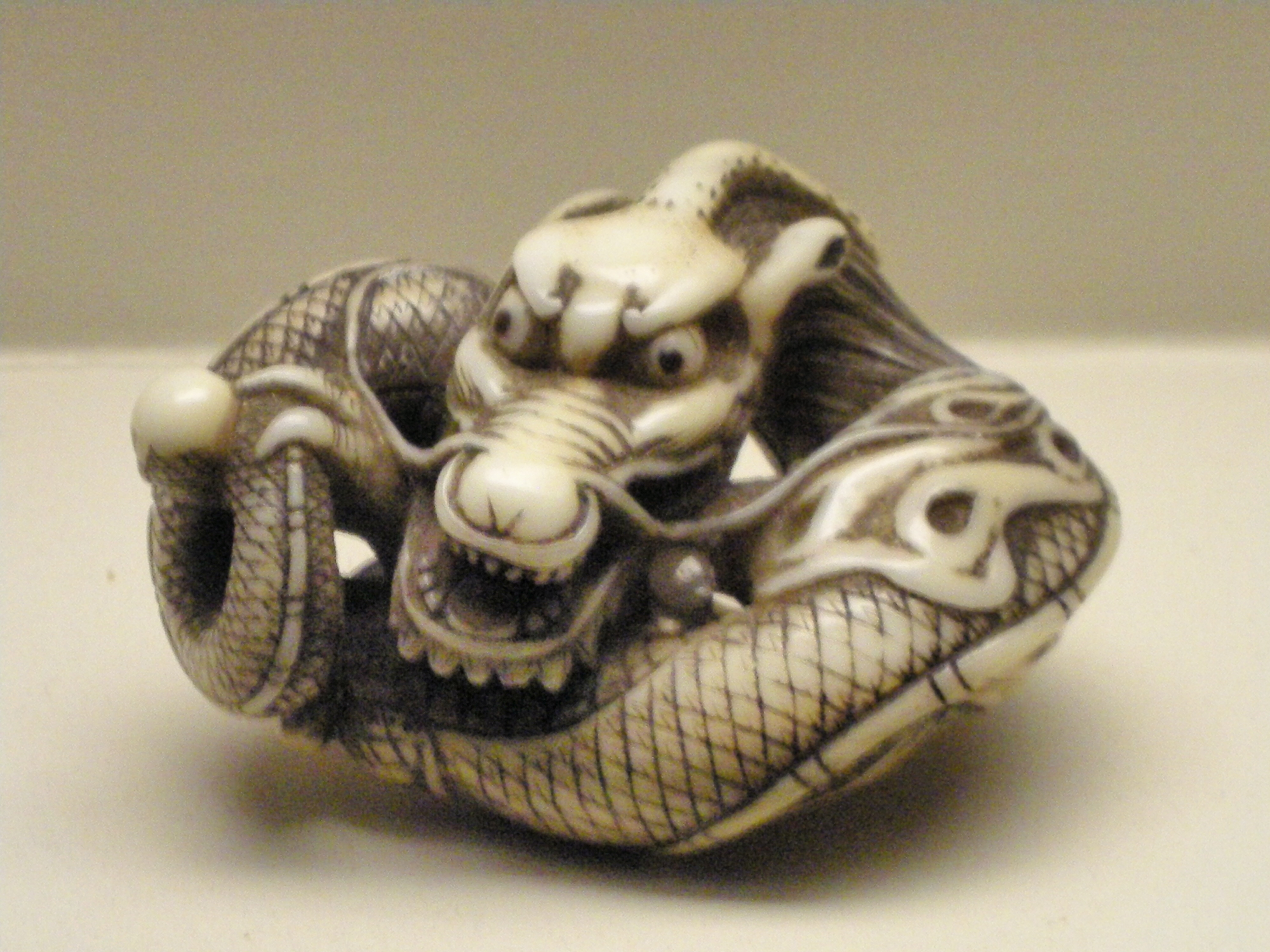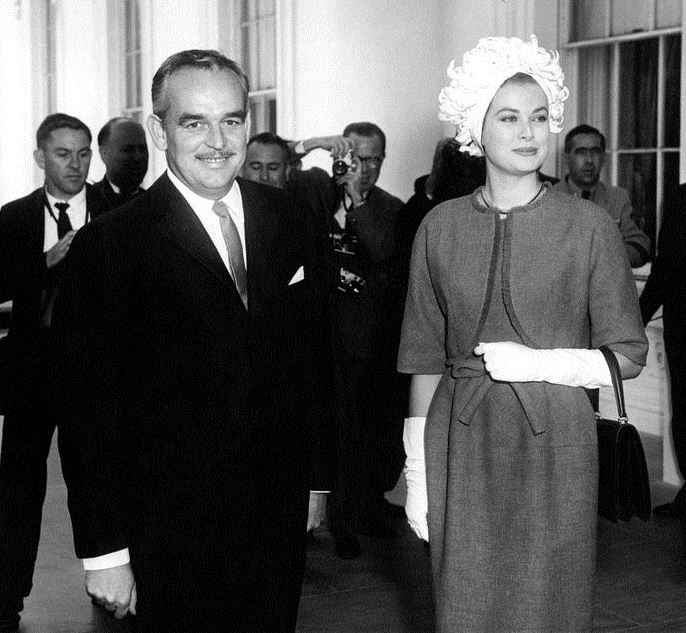|
Blue Serpent Clock (Fabergé Egg)
The Blue Serpent Clock egg is an Imperial Fabergé egg, one of a series of fifty-two jeweled eggs made under the supervision of Peter Carl Fabergé for the Russian Imperial Family. This egg features a clock and is a design that Fabergé repeated for the Duchess of Marlborough egg in 1902. Both pieces are based on the ''cercles tournants'' (revolving dial) urn clocks in the Louis XVI style with a snake to indicate the time. It is currently owned by Prince Albert II and is held in Monaco. Design The crafting of this Imperial egg is credited to Michael Perkhin of Fabergé's shop. The egg stands on a base of gold, blue and opalescent white guilloché enamel. The three panels of the base feature motifs of raised gold in four colors, representing the arts and sciences. A serpent, set with diamonds coils around the stand connecting the base to the egg and up toward its center. The serpent's head and tongue point to the hour indicated in Roman numerals on a white band that runs aroun ... [...More Info...] [...Related Items...] OR: [Wikipedia] [Google] [Baidu] |
Nicholas II Of Russia
Nicholas II (Nikolai Alexandrovich Romanov; 186817 July 1918) or Nikolai II was the last reigning Emperor of Russia, Congress Poland, King of Congress Poland, and Grand Duke of Finland from 1 November 1894 until Abdication of Nicholas II, his abdication on 15 March 1917. He Wedding of Nicholas II and Alexandra Feodorovna, married Alexandra Feodorovna (Alix of Hesse), Alix of Hesse (later Alexandra Feodorovna) and had five children: the OTMA sisters – Grand Duchess Olga Nikolaevna of Russia, Olga, born in 1895, Grand Duchess Tatiana Nikolaevna of Russia, Tatiana, born in 1897, Grand Duchess Maria Nikolaevna of Russia, Maria, born in 1899, and Grand Duchess Anastasia Nikolaevna of Russia, Anastasia, born in 1901 — and the tsesarevich Alexei Nikolaevich, Tsarevich of Russia, Alexei Nikolaevich, who was born in 1904, three years after the birth of their last daughter, Anastasia. During his reign, Nicholas gave support to the economic and political reforms promoted by his prim ... [...More Info...] [...Related Items...] OR: [Wikipedia] [Google] [Baidu] |
Gold
Gold is a chemical element; it has chemical symbol Au (from Latin ) and atomic number 79. In its pure form, it is a brightness, bright, slightly orange-yellow, dense, soft, malleable, and ductile metal. Chemically, gold is a transition metal, a group 11 element, and one of the noble metals. It is one of the least reactivity (chemistry), reactive chemical elements, being the second-lowest in the reactivity series. It is solid under standard temperature and pressure, standard conditions. Gold often occurs in free elemental (native state (metallurgy), native state), as gold nugget, nuggets or grains, in rock (geology), rocks, vein (geology), veins, and alluvial deposits. It occurs in a solid solution series with the native element silver (as in electrum), naturally alloyed with other metals like copper and palladium, and mineral inclusions such as within pyrite. Less commonly, it occurs in minerals as gold compounds, often with tellurium (gold tellurides). Gold is resistant to ... [...More Info...] [...Related Items...] OR: [Wikipedia] [Google] [Baidu] |
Egg Decorating
Egg decorating is the art or craft of decorating egg (food), eggs. It has been a popular art form throughout history because of the attractive, smooth, oval shape of the egg, and the ancient associations with eggs as a religious and cultural symbol. Egg decorating has been associated with Easter in recent times, but was practiced independently by many ancient cultures. History Eggs are an important symbol in folklore and mythology, often representing life and rebirth, healing and protection, and sometimes featuring in creation myths. This means that traditional egg decorating existed throughout the world. Africa The oldest eggshells, decorated with engraved hatched patterns, are dated for 60,000 years ago and were found at Diepkloof Rock Shelter in South Africa.Texier PJ, Porraz G, Parkington J, Rigaud JP, Poggenpoel C, Miller C, Tribolo C, Cartwright C, Coudenneau A, Klein R, Steele T, Verna C. (2010). "A Howiesons Poort tradition of engraving ostrich eggshell containers da ... [...More Info...] [...Related Items...] OR: [Wikipedia] [Google] [Baidu] |
Objet D'art
In art history, the French term objet d'art (; ) describes an ornamental work of art, and the term objets d’art describes a range of works of art, usually small and three-dimensional, made of high-quality materials, and a finely-rendered finish that emphasises the aesthetics of the artefact. Artists create and produce ''objets d’art'' in the fields of the decorative arts and metalwork, porcelain and vitreous enamel; figurines, plaquettes, and engraved gems; ivory carvings and semi-precious hardstone carvings; tapestries, antiques, and antiquities; and books with fine bookbinding. The National Maritime Museum, Greenwich, London, describes their accumulated artworks as a: "collection of ''objets d’art'' hichcomprises over 800 objects. These are mostly small, decorative art items that fall outside the scope of the Museum’s ceramic, plate, textiles and glass collections." The artwork collection also includes metal curtain ties, a lacquered ''papier-maché'' tray, tobacco boxe ... [...More Info...] [...Related Items...] OR: [Wikipedia] [Google] [Baidu] |
Third Imperial Egg
Third or 3rd may refer to: Numbers * 3rd, the ordinal form of the cardinal number 3 * , a fraction of one third * 1⁄60 of a ''second'', i.e., the third in a series of fractional parts in a sexagesimal number system Places * 3rd Street (other) * Third Avenue (other) * Highway 3 Music Music theory *Interval number of three in a musical interval **Major third, a third spanning four semitones **Minor third, a third encompassing three half steps, or semitones **Neutral third, wider than a minor third but narrower than a major third **Augmented third, an interval of five semitones **Diminished third, produced by narrowing a minor third by a chromatic semitone *Third (chord), chord member a third above the root *Degree (music), three away from tonic **Mediant, third degree of the diatonic scale **Submediant, sixth degree of the diatonic scale – three steps below the tonic ** Chromatic mediant, chromatic relationship by thirds *Ladder of thirds, similar to the c ... [...More Info...] [...Related Items...] OR: [Wikipedia] [Google] [Baidu] |
Anichkov Palace
The Anichkov Palace, a former imperial palace in Saint Petersburg, stands at the intersection of Nevsky Avenue and the Fontanka River. History 18th century The palace, situated on the plot formerly owned by Antonio de Vieira (1682?-1745), takes its name from the nearby Anichkov Bridge across the Fontanka. Designed for the Empress Elizabeth of Russia () in a dazzling Baroque style, the palace came to be known as the most imposing private residence of the era of Elizabeth Petrovna. Some suggest architects Bartolomeo Rastrelli and Mikhail Zemtsov were responsible for the design, though that is yet to be substantiated. The main frontage faces the river and was originally connected to it by a canal. Construction works continued for thirteen years; when they finally finished in 1754 the Empress Elizabeth presented the palace to her favourite (and likely spouse), Count Aleksey Razumovsky. After his death in 1771, the palace reverted to the crown, but Catherine the Great of R ... [...More Info...] [...Related Items...] OR: [Wikipedia] [Google] [Baidu] |
Sapphire
Sapphire is a precious gemstone, a variety of the mineral corundum, consisting of aluminium oxide () with trace amounts of elements such as iron, titanium, cobalt, lead, chromium, vanadium, magnesium, boron, and silicon. The name ''sapphire'' is derived from the Latin word ', itself from the Greek language, Greek word (), which referred to lapis lazuli. It is typically blue, but natural "fancy" sapphires also occur in yellow, purple, orange, and green colors; "parti sapphires" show two or more colors. Red corundum stones also occur, but are called ruby, rubies rather than sapphires. Pink-colored corundum may be classified either as ruby or sapphire depending on the locale. Commonly, natural sapphires are cut and polished into gemstones and worn in jewellery, jewelry. They also may be created synthetically in laboratories for industrial or decorative purposes in large boule (crystal), crystal boules. Because of the remarkable hardness of sapphires 9 on the Mohs scale of miner ... [...More Info...] [...Related Items...] OR: [Wikipedia] [Google] [Baidu] |
Rainier III, Prince Of Monaco
Rainier III (Rainier Louis Henri Maxence Bertrand Grimaldi; 31 May 1923 – 6 April 2005) was Prince of Monaco from 1949 to his death in 2005. Rainier ruled the Principality of Monaco for almost 56 years. Rainier was born at the Prince's Palace of Monaco, the only son of Hereditary Princess Charlotte and Prince Pierre. During his reign, he was responsible for the transformation of Monaco's economy, shifting from its traditional casino gambling base to its current status as a tax haven and cultural destination. The Prince also coordinated the substantial reforms of Monaco's constitution, which limited the powers of sovereign rule. Rainier married American film star Grace Kelly in 1956, which generated global media attention. They had three children: Caroline, Albert and Stéphanie. Rainier died in April 2005 from complications relating to a lung infection as a result of frequent smoking; he was succeeded by his son, Albert II. Early life Rainier was born at Prince's P ... [...More Info...] [...Related Items...] OR: [Wikipedia] [Google] [Baidu] |
Stavros Niarchos
Stavros Spyrou Niarchos (, ; 3 July 1909 – 15 April 1996) was a Greek billionaire shipping tycoon. Starting in 1952, he had the world's biggest supertankers built for his fleet. Propelled by both the Suez Crisis and increasing demand for oil, he and rival Aristotle Onassis became giants in global petroleum shipping. Niarchos was also a noted thoroughbred horse breeder and racer, several times the leading owner and number one on the French breed list. Early life Niarchos was born in Athens to a wealthy family, the son of Spyros Niarchos and his wife, Eugenie Koumantaros, a rich heiress, both born in the village of Vamvakou in the Peloponnese. His parents were naturalized Americans who had owned a department store in Buffalo, New York, before returning to Greece, three months prior to his birth. They returned to Buffalo for a brief time, and the young Stavros attended the Nardin Academy grammar school. They returned, permanently, to Greece, and Stavros studied in the city's ... [...More Info...] [...Related Items...] OR: [Wikipedia] [Google] [Baidu] |
Wartski
Wartski is a British family firm of antique dealers specialising in Russian works of art; particularly those by Carl Fabergé, fine jewellery and silver. Founded in North Wales in 1865, the business is located at 60 St James's Street, London, SW1. The company holds Royal Warrant of Appointment (United Kingdom), royal appointments as jewellers to Charles III, Queen Camilla and the late Queen Elizabeth II. History The firm was founded in Bangor, Gwynedd, Bangor, North Wales in 1865 by Morris Wartski, a History of the Jews in Poland, Polish-Jewish immigrant from the town of Turek, in central Poland. Wartski first established a jewellery business on Bangor's High Street and then a drapery store. His son, Isidore, went on to develop the drapery business and create a large, fashionable, store. He also developed the Castle Inn on High Street in Bangor, into the high-class Castle Hotel. He was a popular mayor of the city and a patron of local sports and charities. Wartski Fields we ... [...More Info...] [...Related Items...] OR: [Wikipedia] [Google] [Baidu] |






